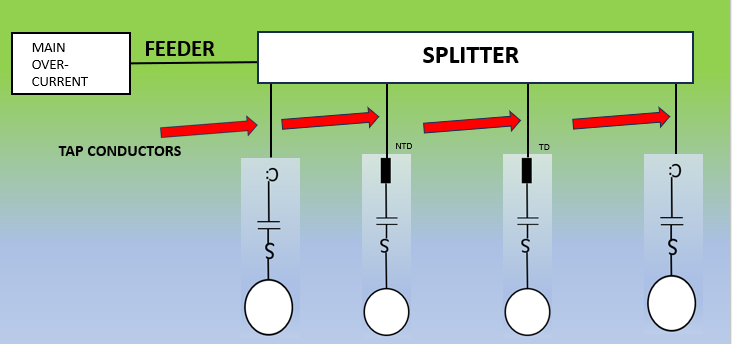August 19, 2025
Dakota Motor Bank Overcurrent Guide for Red Seal Exam (CEC 2024)
Red Seal Exam Question Guides
When you have multiple motors running together from a common feeder, it’s crucial to size your main overcurrent protection device (breaker or fuse) properly — not too small that it trips constantly, and not so large that it fails to protect your system.

You’re given a motor bank with 4 motors, all 230V, 3-phase, Motors 1, 2, and 3 are FVS and Motor 4 is Auto-Transformer Starting, and with the following full-load currents:
By the way, it doesn’t matter what the individual branch circuit over-current is!
CEC Rule 28-204 tells us that when multiple motors are connected to a single feeder:
You size the main overcurrent device based on the highest rated motor and then add the full-load amps (FLA) of all the other motors.
Looking at the calculations. Since the Main Over-Current in this case is a Circuit Breaker, we use the multipliers for that.
Table 29
Motor 1: 36A * 2.5= 90A
Motor 2: 40A * 2.5= 100A
Motor 3: 50A * 2.5= 125A
Motor 4: 60A * 2= 120A
Now, simply add the FLA of the other motors:
Add to Motor 3's adjusted value:
125A + 36A + 40A + 60A = 261A
You now go to CEC Table 13 and select the closest breaker size that doesn’t exceed 261A.
ALWAYS GO DOWN
To size a breaker for a motor bank:
This ensures:
Download now to access 2,500+ practice questions and master the Canadian Electrical Code!
